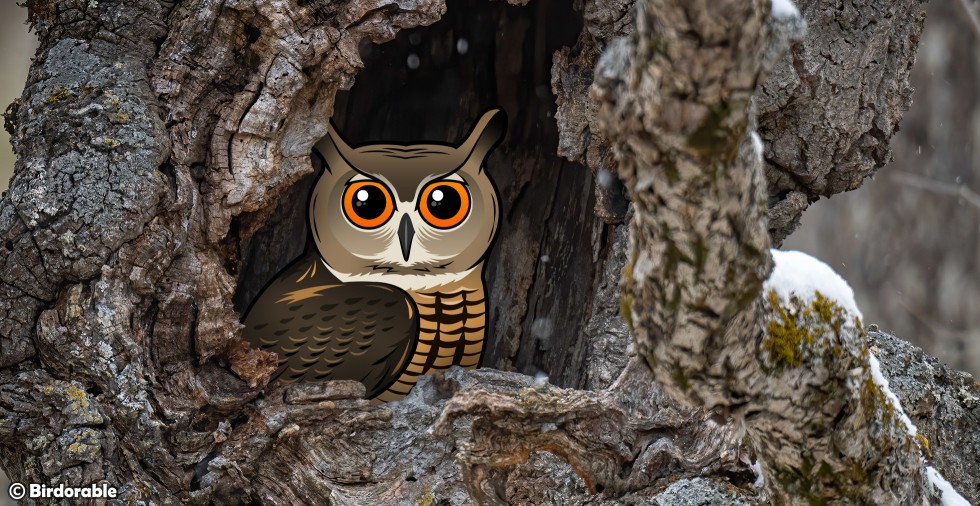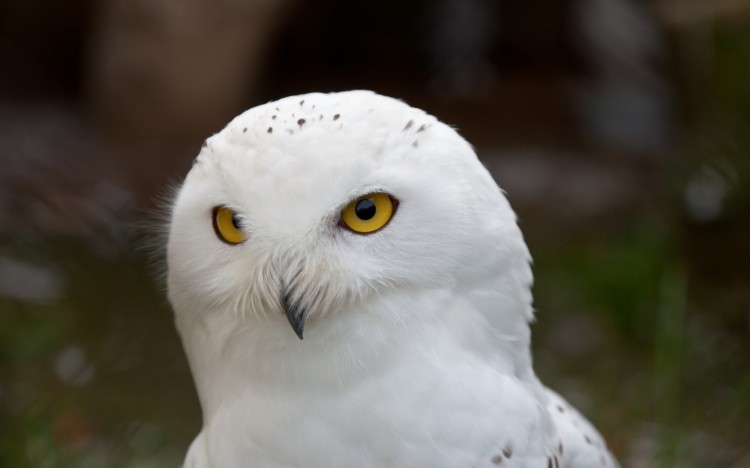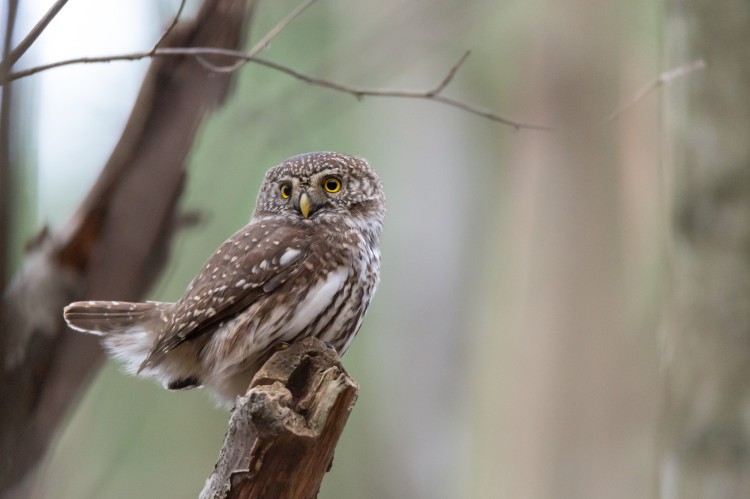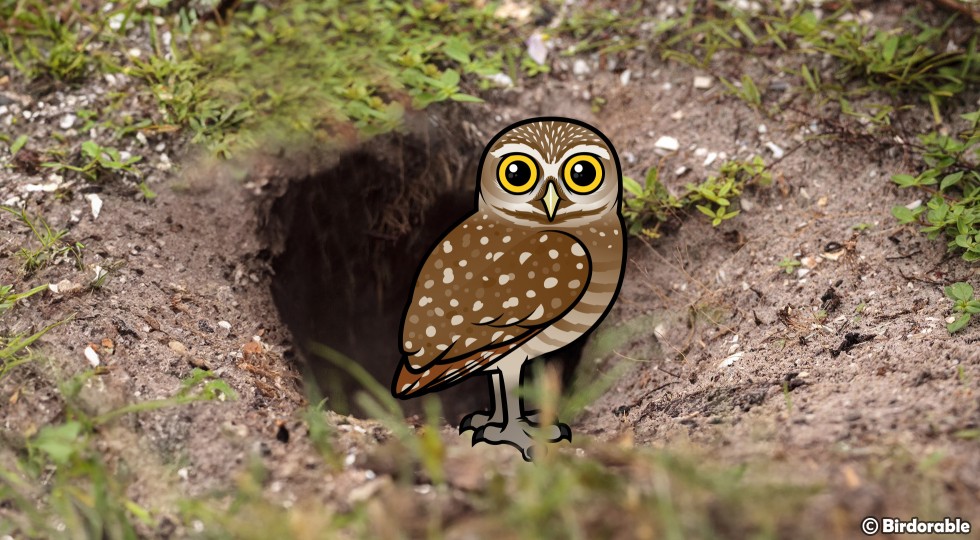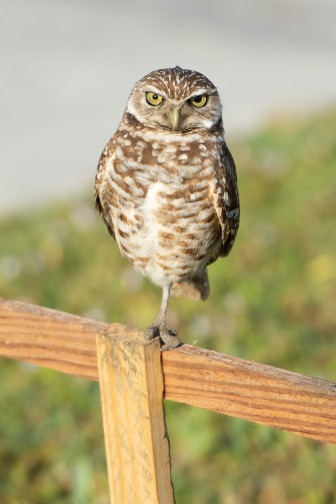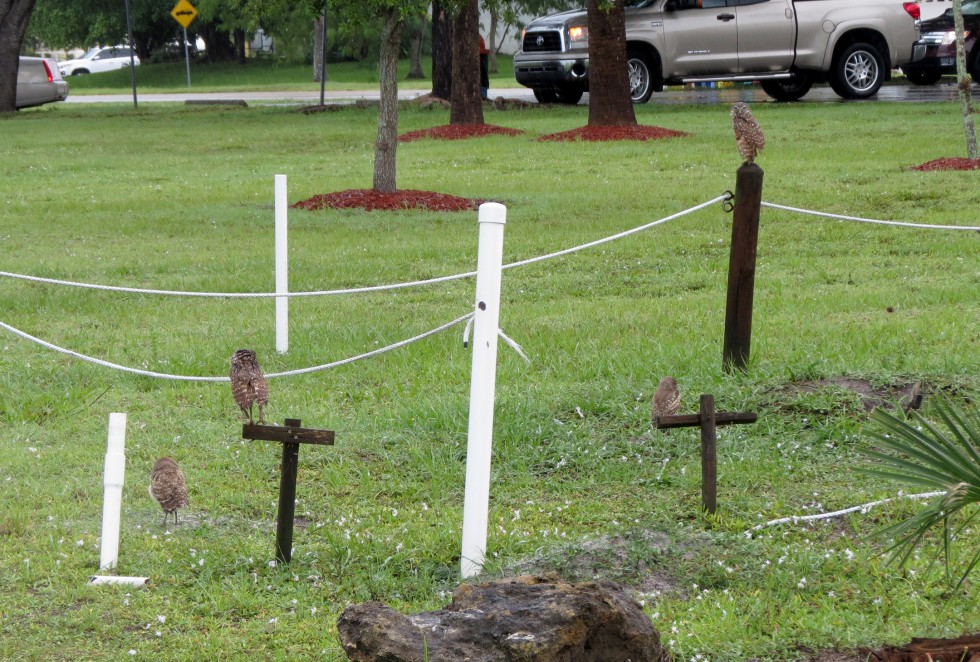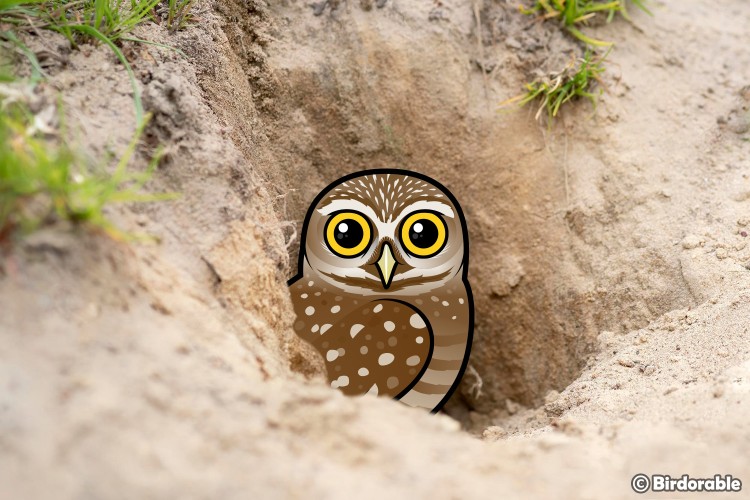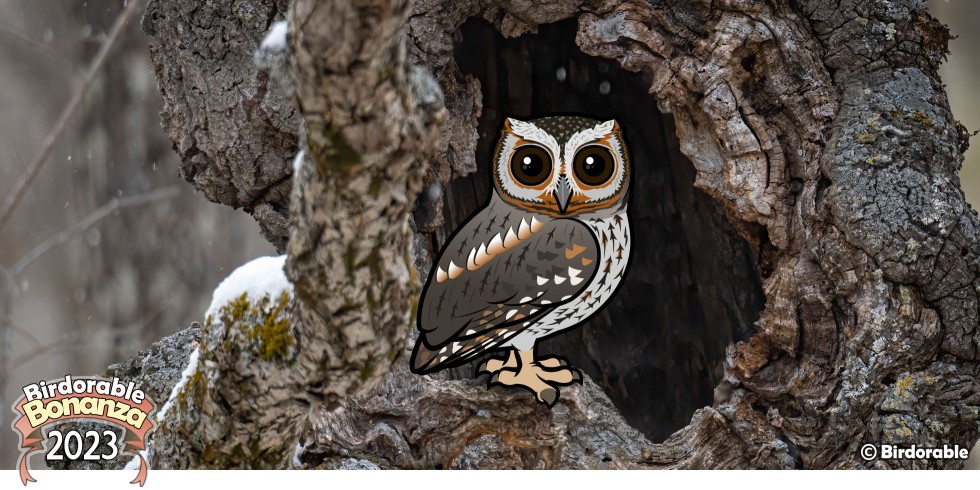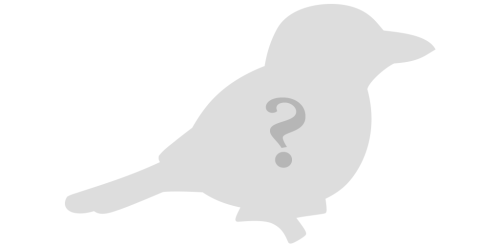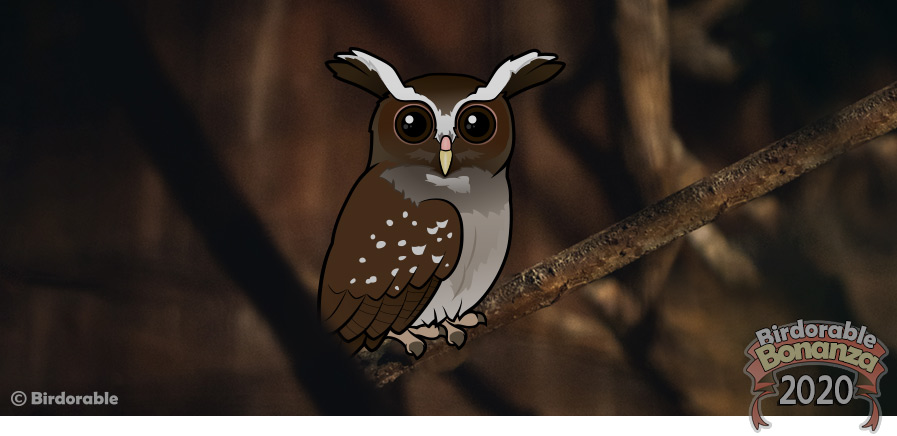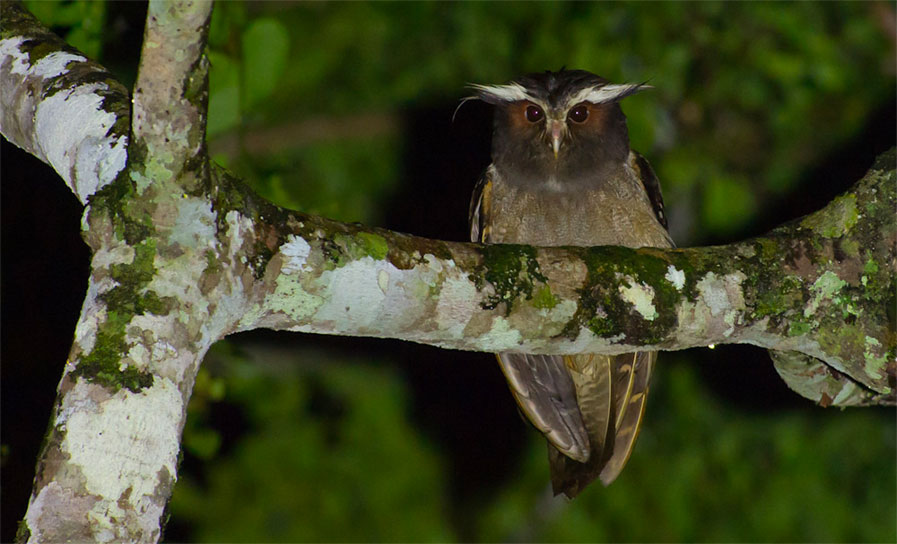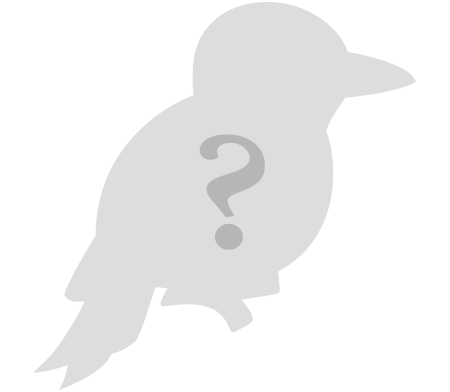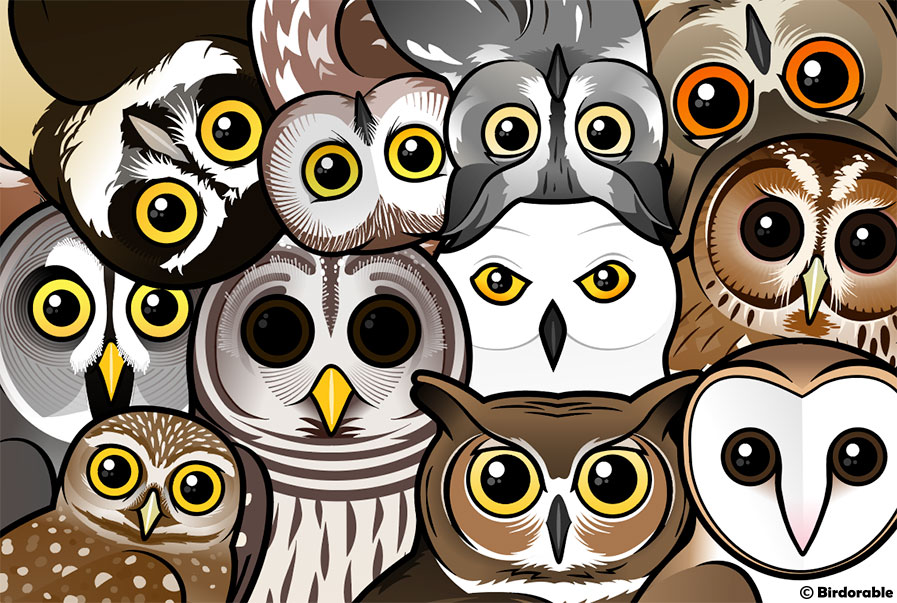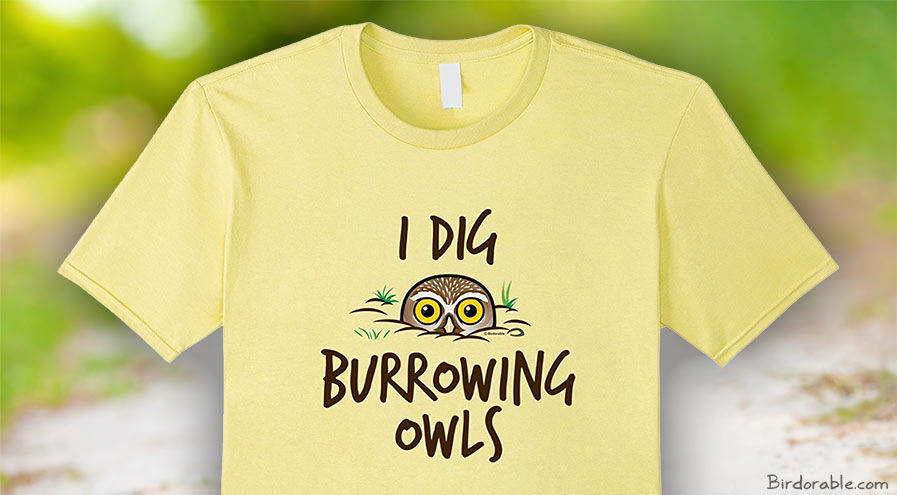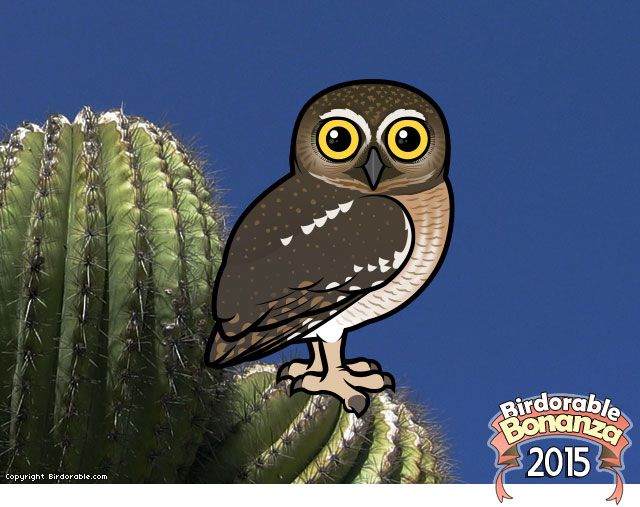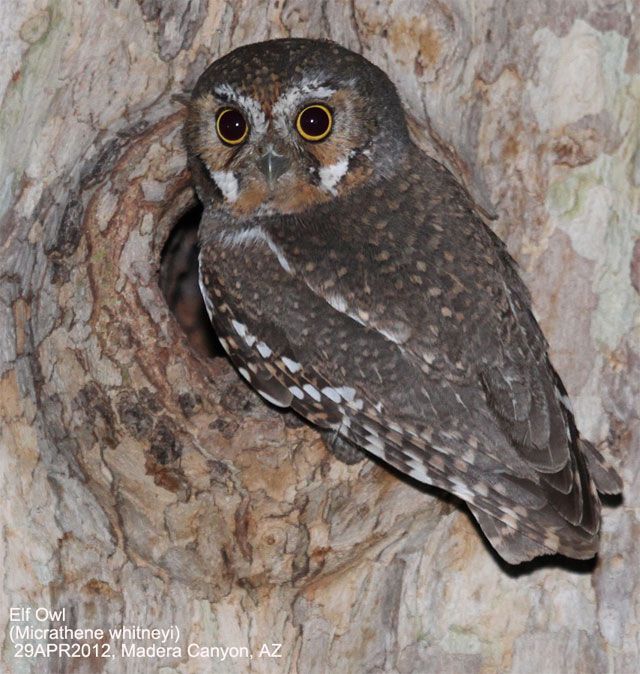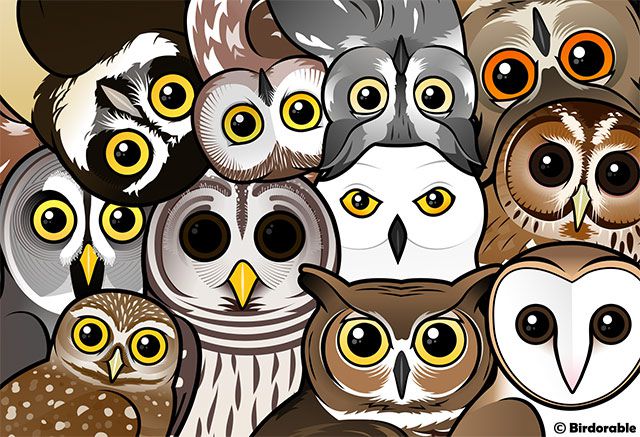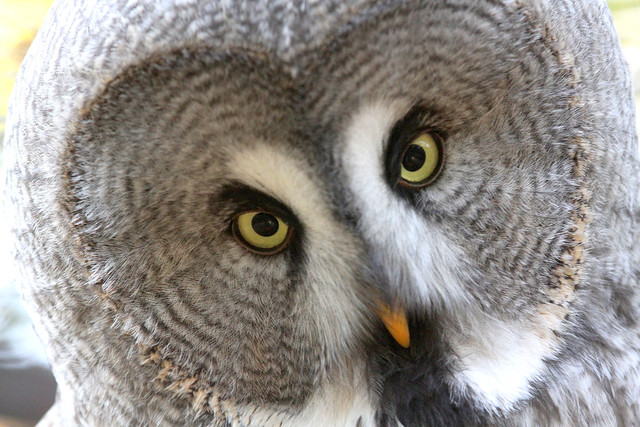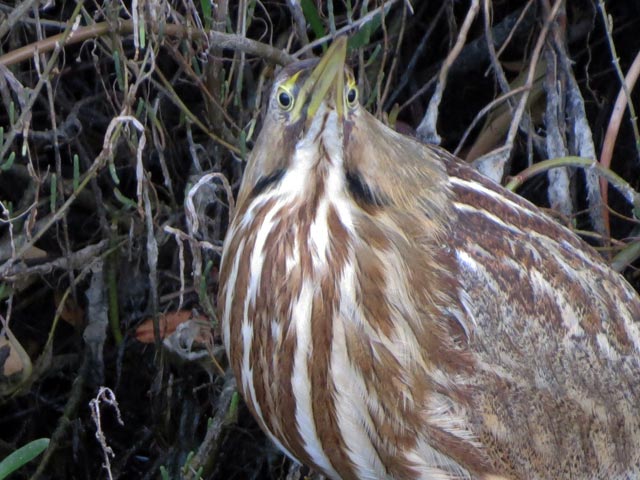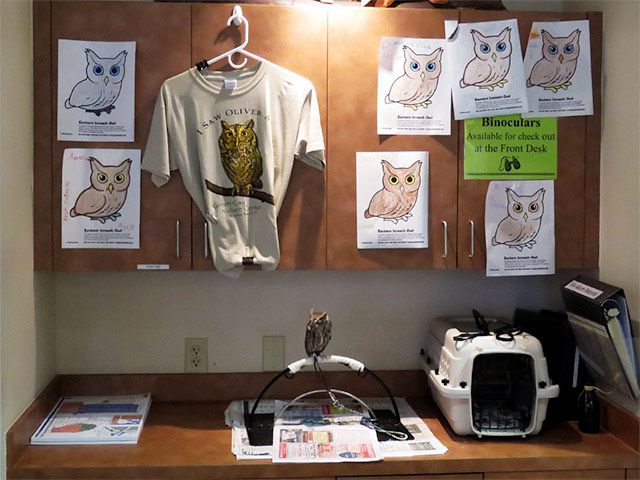Bird Myth: All Owls Are Nocturnal
Not Just Night Owls: The Truth About Owl Activity
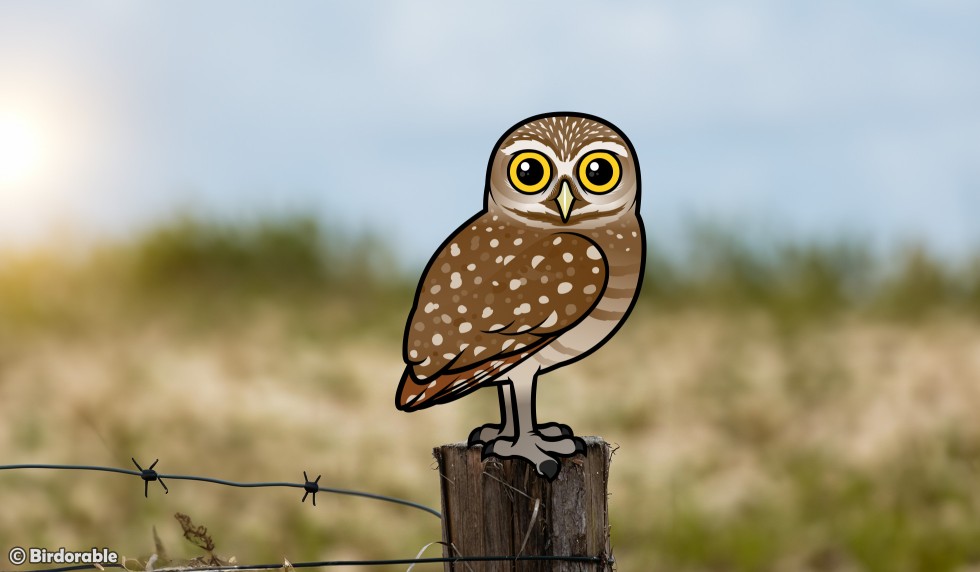
Birdorable Burrowing Owl soaking up the daylight
Owls are often thought of as creatures of the night, silently hunting in the darkness with their piercing eyes and ghostly flight. While it’s true that many owl species are nocturnal, meaning they are most active at night, not all owls fit this stereotype. Some owls are crepuscular, meaning they are most active at dawn and dusk, while others are diurnal and hunt during the day. The belief that all owls are strictly nocturnal is a myth, likely influenced by the mysterious nature of these birds and the way they are commonly portrayed in folklore and media.
Crepuscular owls, like the Barred Owl and Short-eared Owl, are active during twilight hours. This hunting strategy allows them to take advantage of lighting conditions that make it easier to spot prey while avoiding competition with fully nocturnal predators. Crepuscular activity can also be influenced by food availability and seasonal changes. Many owls that are usually nocturnal may shift to crepuscular activity if their preferred prey is more active at dawn or dusk.
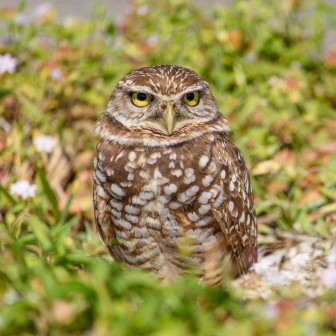
Burrowing Owl in daylight
Some owls are fully diurnal, meaning they are most active during daylight hours. The Burrowing Owl, for example, is a daytime hunter that lives in open grasslands and deserts. Unlike most owls that prefer dense forests, Burrowing Owls live in underground burrows, often taking over tunnels made by prairie dogs or other small mammals. They hunt insects and small vertebrates during the day, making them one of the most visible owl species. The Northern Hawk Owl is another diurnal owl, found in northern forests where it hunts rodents and small birds in broad daylight.
So why do people assume all owls are nocturnal? The main reason is that the most well-known owl species, like the Great Horned Owl and the Barn Owl, are most active at night. Their large, forward-facing eyes, specialized for low-light vision, reinforce the idea that all owls must prefer darkness.
Additionally, owls are often depicted in myths, stories, and pop culture as night-dwelling creatures, adding to the misconception. Since many owl species are elusive and hard to spot, people mainly encounter them at night through their haunting calls, further strengthening the belief that owls only come out after dark.
Understanding the different activity patterns of owls helps birdwatchers and nature lovers appreciate the diversity within this fascinating bird family. Whether they hunt under the moonlight, in the golden glow of twilight, or in the bright sun of midday, owls have adapted to a variety of ecological niches. The next time you hear an owl’s call or spot one in the wild, remember that not all of them are creatures of the night.

















